However, for the green transport journey to be truly successful and receive social consensus, it is necessary to frankly admit that current policies are not strong enough to cover vulnerable groups.
Switching to green vehicles is a global trend, but if implemented unfairly, it will create a new “green gap” between the well-off and the disadvantaged. A common electric motorbike costs from 15-20 million VND. With the support level of 3-5 million VND/vehicle as proposed by Hanoi , people still have to spend about 10-17 million VND, a not small amount for them, especially ordinary workers and technology motorbike taxi drivers.
Ho Chi Minh City currently has about 7.4 million motorbikes in circulation. Of these, hundreds of thousands have been used for over 10 years, consume a lot of fuel and emit high pollution emissions. Within the framework of Resolution 98/2023/QH15 of the National Assembly allowing Ho Chi Minh City to apply a number of specific mechanisms and policies for sustainable development, the city can completely build a pilot program to support the conversion of green vehicles associated with social security, both as a pioneering step and an institutional test. Green vehicle conversion cannot be a simple administrative campaign. It must be placed in a multi-objective integrated mindset: reducing emissions, reducing poverty, and promoting a green economy .
We can learn from the experiences of big cities such as Seoul (Korea), Paris (France), Amsterdam (Netherlands), which are countries that convert to green vehicles associated with specific financial support policies: completely free for low-income groups; interest-free loans for middle-income groups combined with the collection of old cars for recycling. In particular, advanced countries always closely coordinate between "government - car manufacturers - banks - insurance organizations - and social organizations" to create a synchronous support chain. From international lessons and practices in Vietnam, 5 key groups of solutions can be proposed. First, apply the "1 for 1" model for poor households, near-poor households, lonely elderly people, and families with difficult policies. The State buys back old gasoline cars and provides new electric cars of equivalent value for free from the city budget, combined with the Environmental Fund, the Social Security Fund and the participation of businesses. Second, support in kind, not just in cash. The form of "giving away a car" comes with a 12-month warranty, free charging for the first 6 months, and technical instructions - a way to demonstrate humanity and higher efficiency than the form of one-time cash support. Third, pilot implementation in some central areas, or places with favorable traffic control conditions and charging infrastructure. Fourth, develop green financial policies: preferential loans with 0% interest installments from the Social Policy Bank for middle-income people. Fifth, integrate green vehicle conversion into other policies such as livelihood support, vocational training, poverty reduction, and new rural development.
Every successful policy requires accompaniment rather than imposition. People, especially vulnerable groups, can only trust and participate if they see the policy as close, practical and truly beneficial. Otherwise, banning gasoline vehicles or requiring vehicle changes will inadvertently turn into an "involuntary migration" out of the urban center of those who do not have enough money to change vehicles. Therefore, the current requirement for the Ho Chi Minh City government is not only to promote greening, but also to green it responsibly, fairly and humanely. That is also the main spirit of Resolution 98, which is not to pursue growth or environmental goals alone, but to harmonize economic, social and people's interests. A modern, civilized city is not only measured by environmental indicators, but is also reflected in the way society supports the disadvantaged, so that no one is left behind on the development journey.
Source: https://www.sggp.org.vn/chuyen-doi-xanh-phai-bat-dau-tu-nguoi-yeu-the-post805753.html



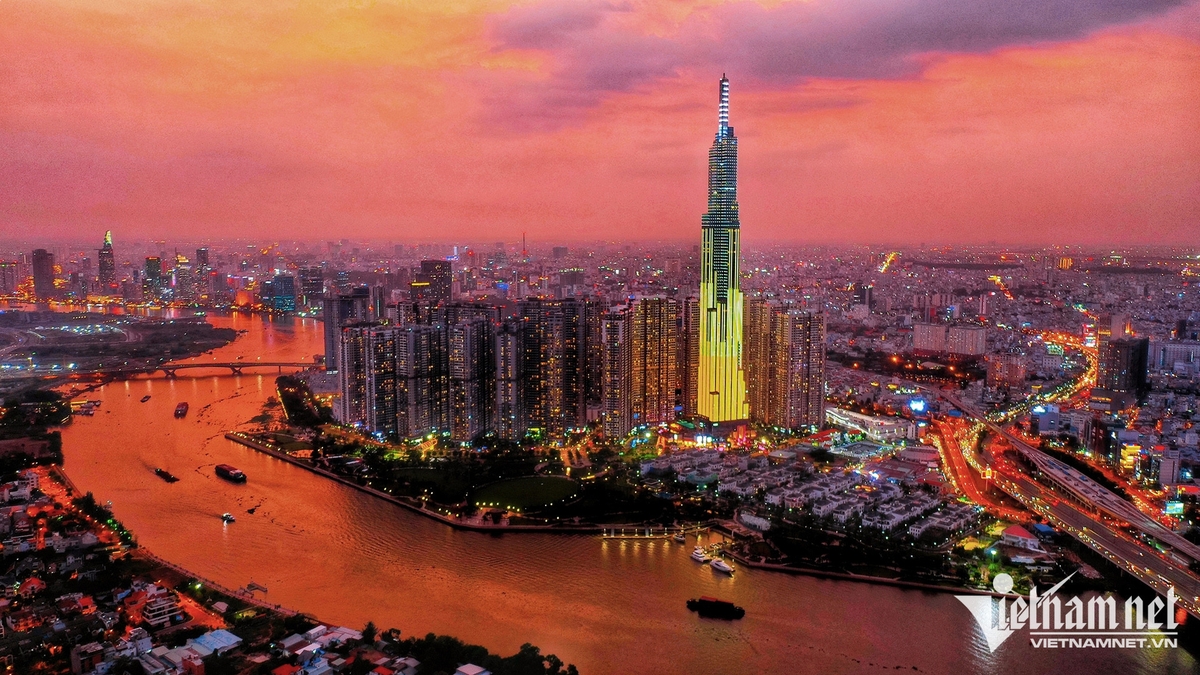
![[Photo] Da Nang: Hundreds of people join hands to clean up a vital tourist route after storm No. 13](https://vphoto.vietnam.vn/thumb/1200x675/vietnam/resource/IMAGE/2025/11/07/1762491638903_image-3-1353-jpg.webp)
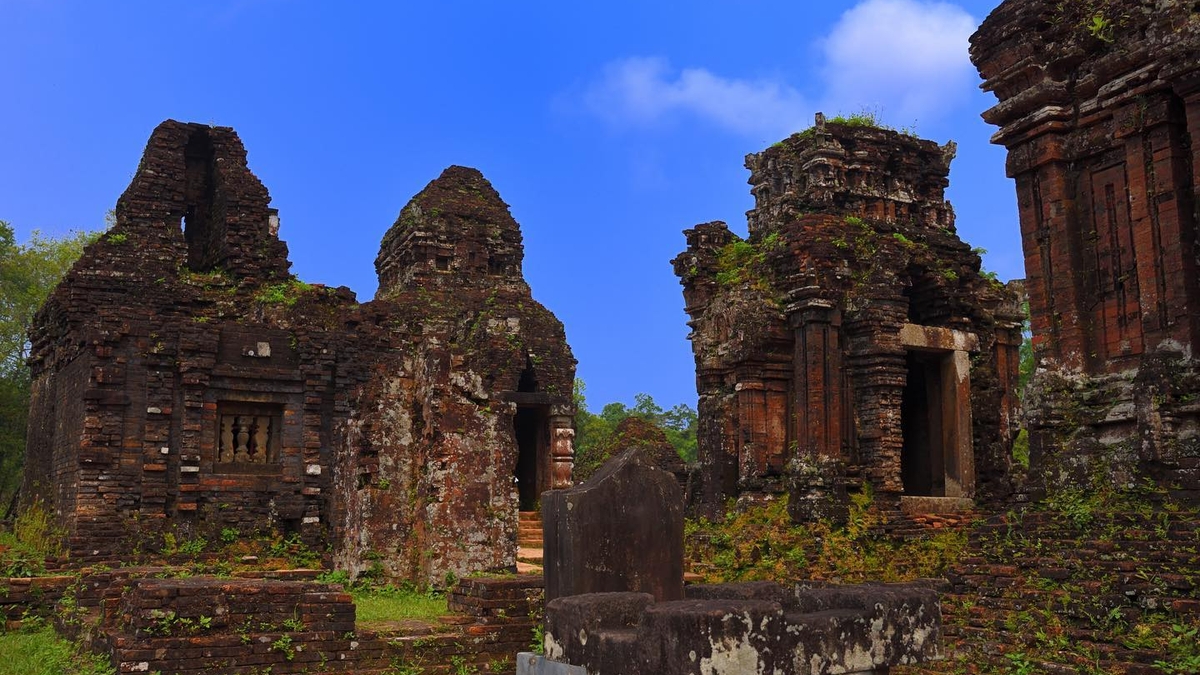


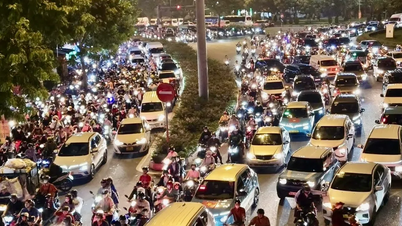




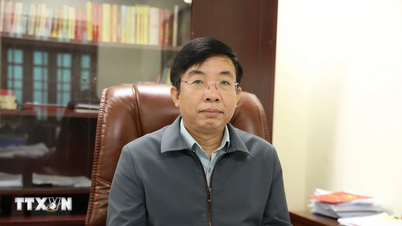

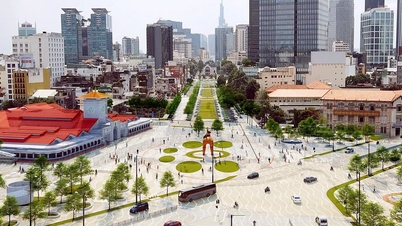

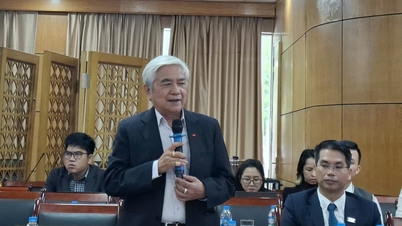

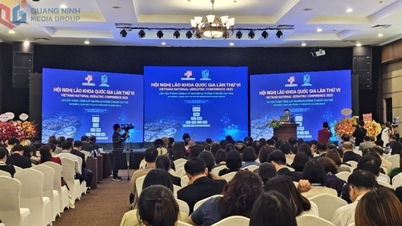

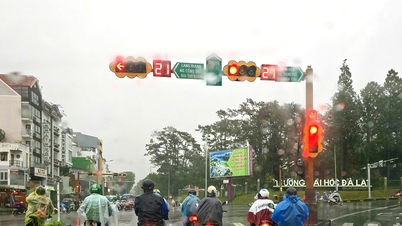



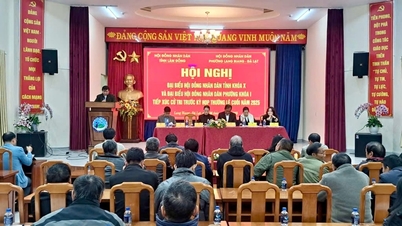






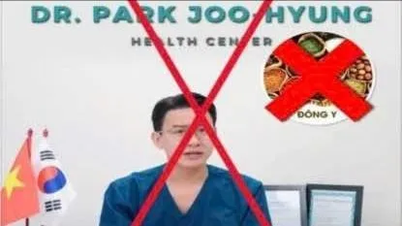
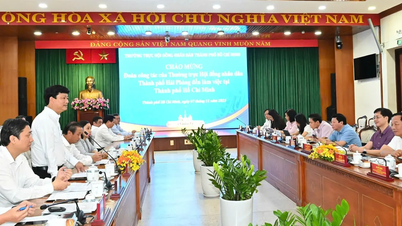

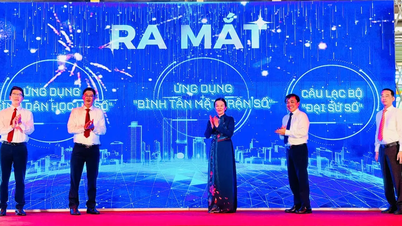










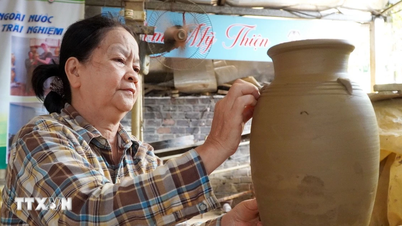






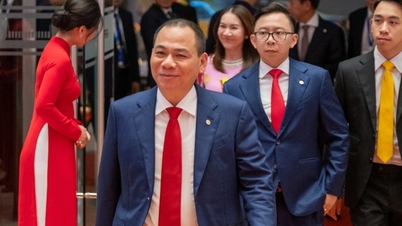




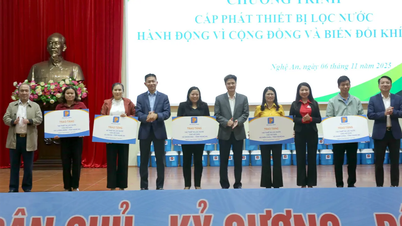


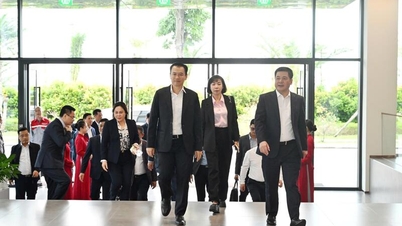
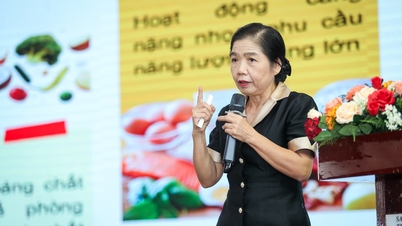








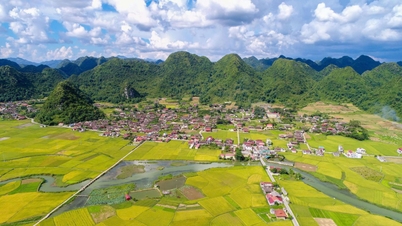

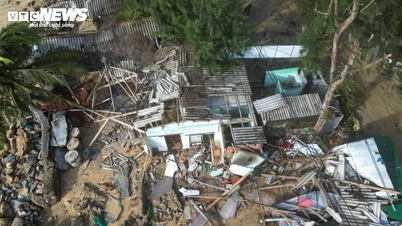




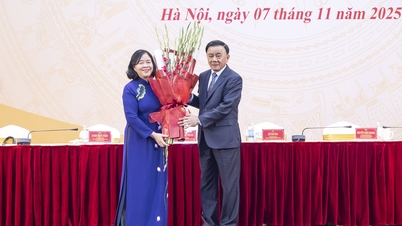



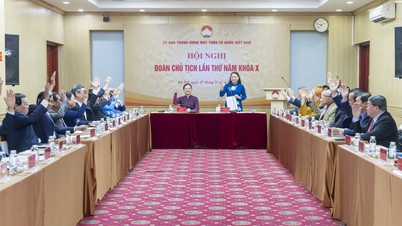


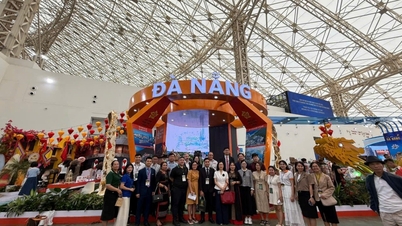
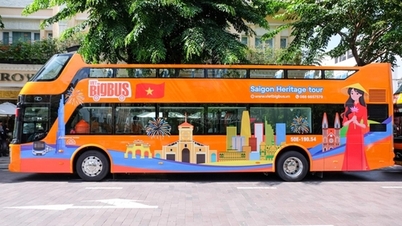

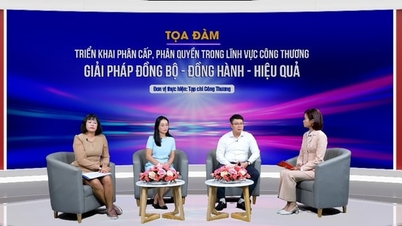

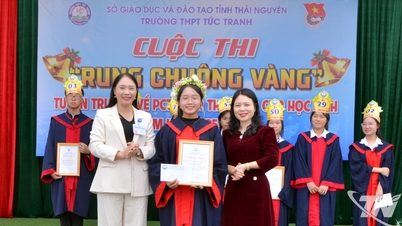

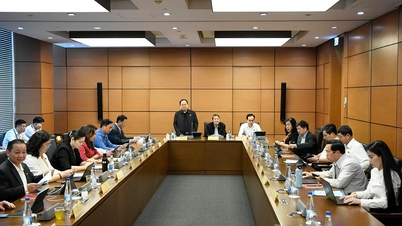

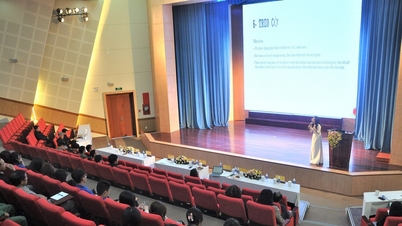

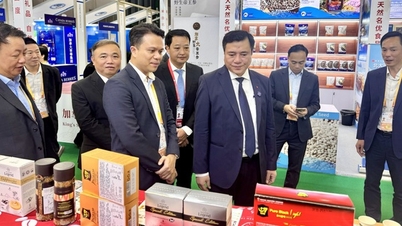














Comment (0)